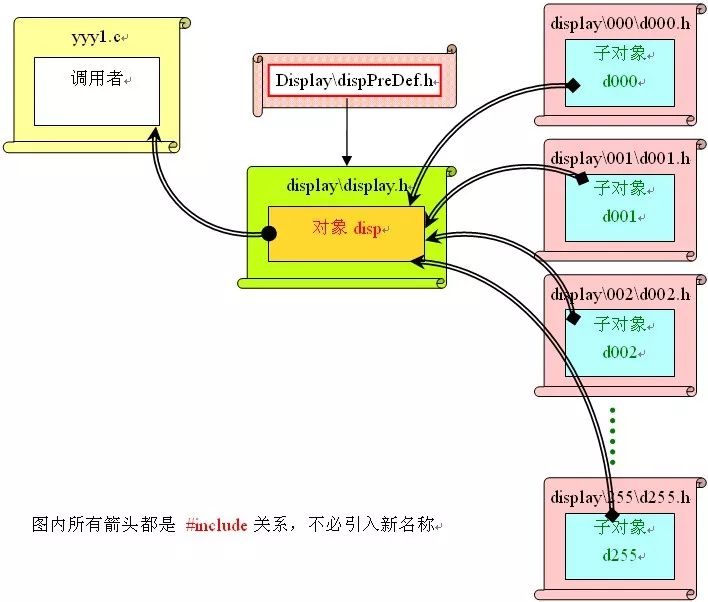



Disclaimer: This article is a network reprint, and the copyright belongs to the original author. If the videos, images, or texts used in this article involve copyright issues, please leave a message at the end of the article, and we will handle it promptly! The content of this article reflects the original author’s views and does not represent this public account’s endorsement of their views or responsibility for their authenticity.

